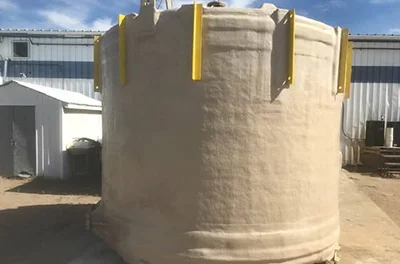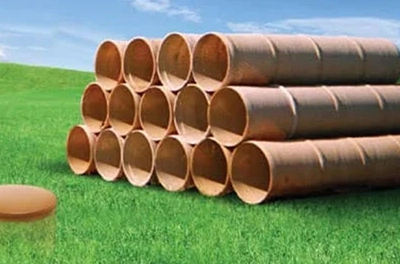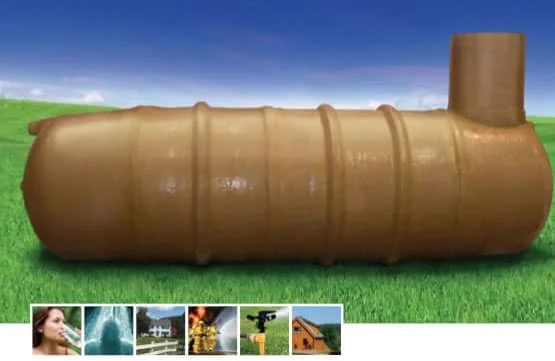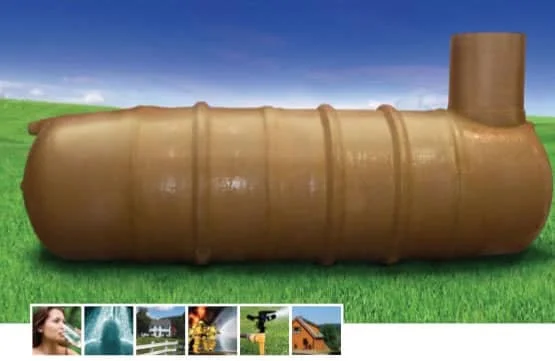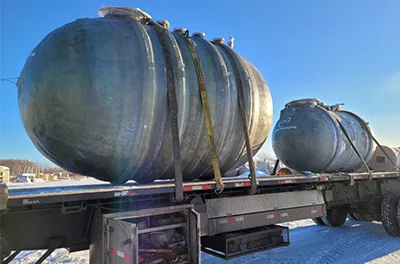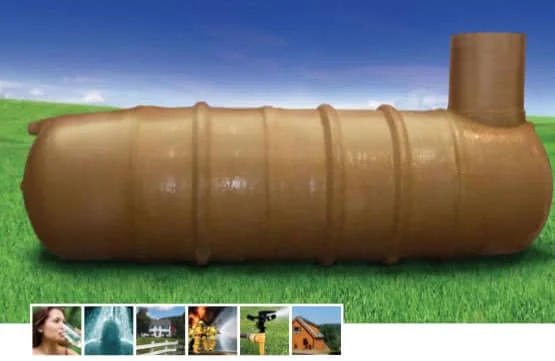Double-Wall Storage Tanks
Double-wall fiberglass tanks offer a crucial and effective means for safely storing corrosive, environmentally hazardous, and potentially dangerous substances. These substances, if spilled, could endanger workers’ health, cause environmental harm, and jeopardize public safety. This type of tank serves as a vital protective barrier against such risks.
In recent years, there has been a growing emphasis on the use of double-walled tanks, driven by increasingly stringent regulations at both local and federal levels. These regulations mandate their use, particularly in scenarios involving the transportation of hazardous products and for underground storage applications. The added layer of protection provided by double-wall fiberglass tanks significantly reduces the likelihood of leaks or spills, thereby mitigating the associated risks.
Where are Double-Wall Storage Tanks Used?
- Chemical industry. Given the inherently hazardous nature of many chemicals used in manufacturing processes, the chemical industry heavily depends on double-wall fiberglass tanks to prevent accidental releases and minimize the potential for harm to personnel and the environment.
- Processing plants. Various processing plants, such as those involved in pharmaceuticals, petrochemicals, and food processing, utilize double-wall tanks to safeguard against the storage of corrosive or toxic substances. This ensures compliance with safety standards and regulatory requirements while maintaining operational integrity.
- Water treatment facilities. Double-wall fiberglass tanks play a crucial role in water treatment facilities by securely containing chemicals used in the treatment process. This prevents contamination of water sources and protects both workers and the surrounding environment from potential hazards.
Overall, the widespread adoption of double-wall fiberglass tanks underscores their indispensable role in promoting safety, environmental protection, and regulatory compliance across a range of industries where the storage of hazardous substances is a critical concern.
What are the Advantages of Buying Double-Wall Fiberglass Tanks?
- Enhanced safety. Double-wall construction provides an additional layer of protection against leaks and spills, reducing the risk of hazardous substance release. This helps to safeguard workers, the environment, and public health and safety.
- Corrosion resistance. Fiberglass is inherently resistant to corrosion, making it an ideal material choice for storing a wide range of corrosive substances. Double-wall storage tanks offer superior longevity and reliability compared to traditional single-wall tanks, which may be susceptible to corrosion over time.
- Environmental protection. The dual-wall design of fiberglass tanks helps to contain leaks and prevent environmental contamination. This is particularly important for storing hazardous chemicals or substances that could pose risks to soil, groundwater, and nearby water sources.
- Compliance with regulations. Many industries are subject to stringent regulations governing the storage and handling of hazardous substances. Double-wall fiberglass tanks often meet or exceed regulatory requirements, ensuring compliance and minimizing the risk of fines or penalties.
- Longevity and durability. Fiberglass tanks are known for their durability and long service life. The double-wall construction adds an extra layer of strength and resilience, making these tanks well-suited for long-term storage needs with minimal maintenance requirements.
- Versatility. Double-wall storage tanks can be customized to accommodate a variety of storage needs, including different sizes, shapes, and configurations.
The advantages of purchasing double-wall fiberglass tanks include enhanced safety, corrosion resistance, environmental protection, regulatory compliance, longevity, durability, and versatility, making them a preferred choice for many storage applications.
Installation & Maintenance of Double-Wall FRP Tanks
- Installation: For optimal stability, place the double-wall fiberglass tank on a flat, prepared surface, ensuring proper support and alignment. Our tanks come with easy-to-follow guidelines, and our team can assist in arranging professional installation to meet site-specific requirements.
- Maintenance: Routine inspection is recommended to check for any signs of wear or environmental impact. However, our double-wall storage tanks are designed with durability in mind and require little maintenance. Cleaning the exterior and inspecting fittings for a tight seal will help maintain efficiency and prevent minor issues.
Our double-wall FRP tanks are engineered for resilience in even the harshest conditions, making them a reliable choice for storage and environmental safety. These simple steps will help ensure the tanks remain in top condition, offering peace of mind and enhanced performance over the years.
Where to Order Double-Wall Storage Tanks in Canada?
FRP Mocoat Fiberglass Ltd is a leading manufacturer of double-wall fiberglass tanks – both above ground and below ground throughout North America. Our projects start with proper engineering design in conjunction with customer-specific requirements. Typically, an in-house AutoCAD drawing will be generated for approval and involves a sign-off from a professional engineer registered in the province or state that the tank will be put into service.
The interstitial space is composed of a 3D fabric providing for continuous monitoring of the interstitial space while also providing continual laminating support to maximize strength. Each primary tank is tested and the interstitial space is also tested using either a pressure or a vacuum test.
Unlike steel, it will not rust or corrode. Unlike concrete, it is lightweight and not subject to deterioration.
Click on the link below to watch a video on our double-wall storage tank in Canada (Saskatchewan, Alberta, Manitoba).
Request a Quote/Consultation for Double-Wall Fiberglass Tanks
Ready to explore options for a double-wall FRP tank? Our FRP Mocoat Fiberglass Ltd. team is here to help you find the perfect solution for your storage needs. Whether you’re looking for a standard double-wall fiberglass tank or a customized double-wall storage tank configuration, we’re committed to providing expert guidance and competitive pricing.
Get started today! Call our manager at (306) 329-4884.

